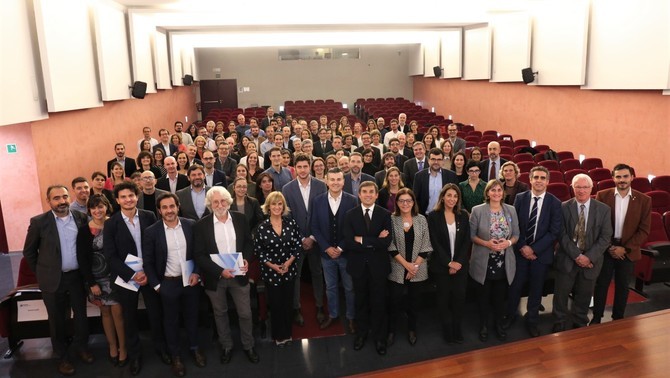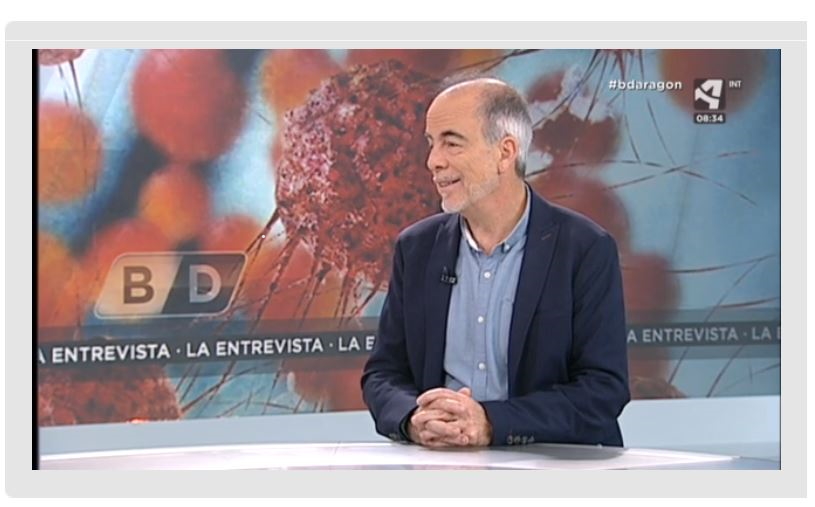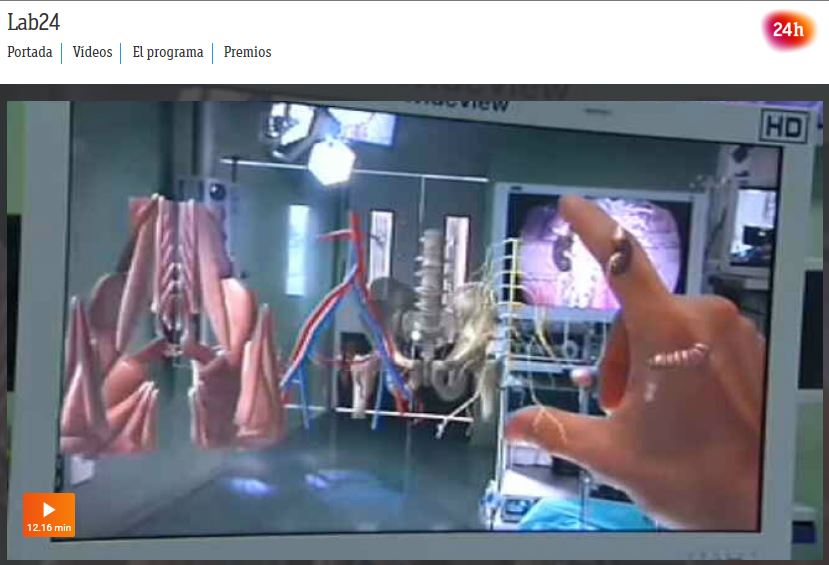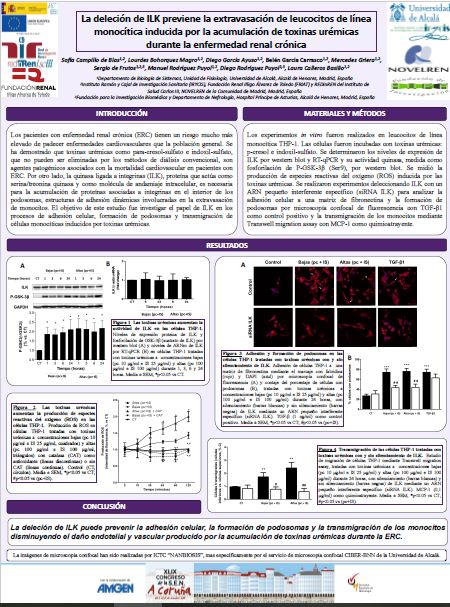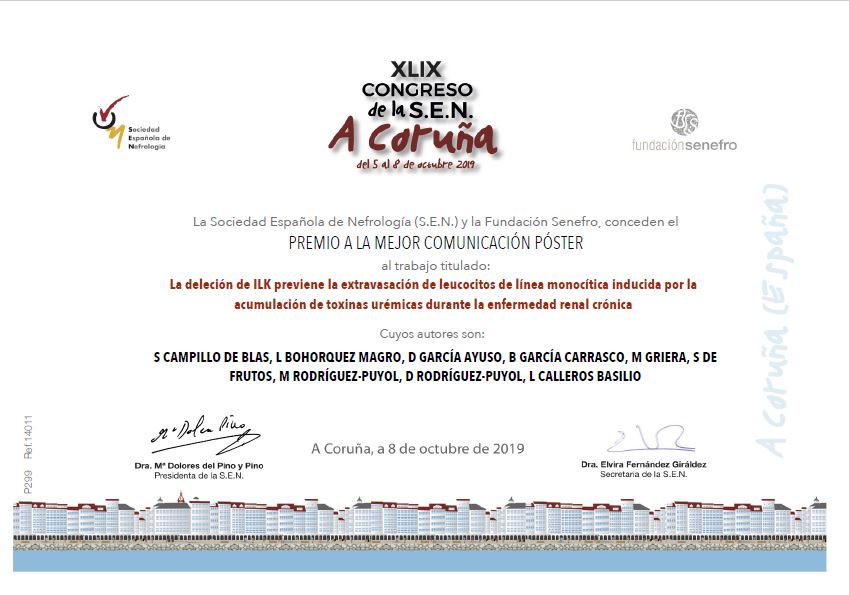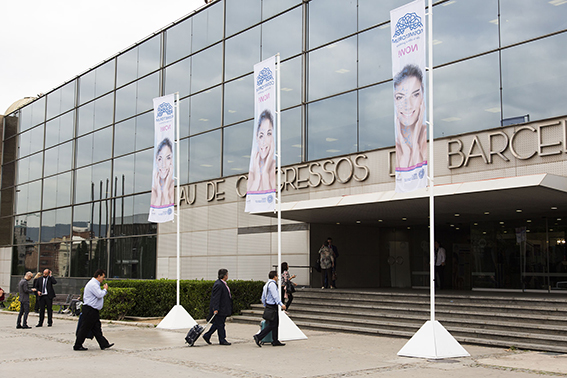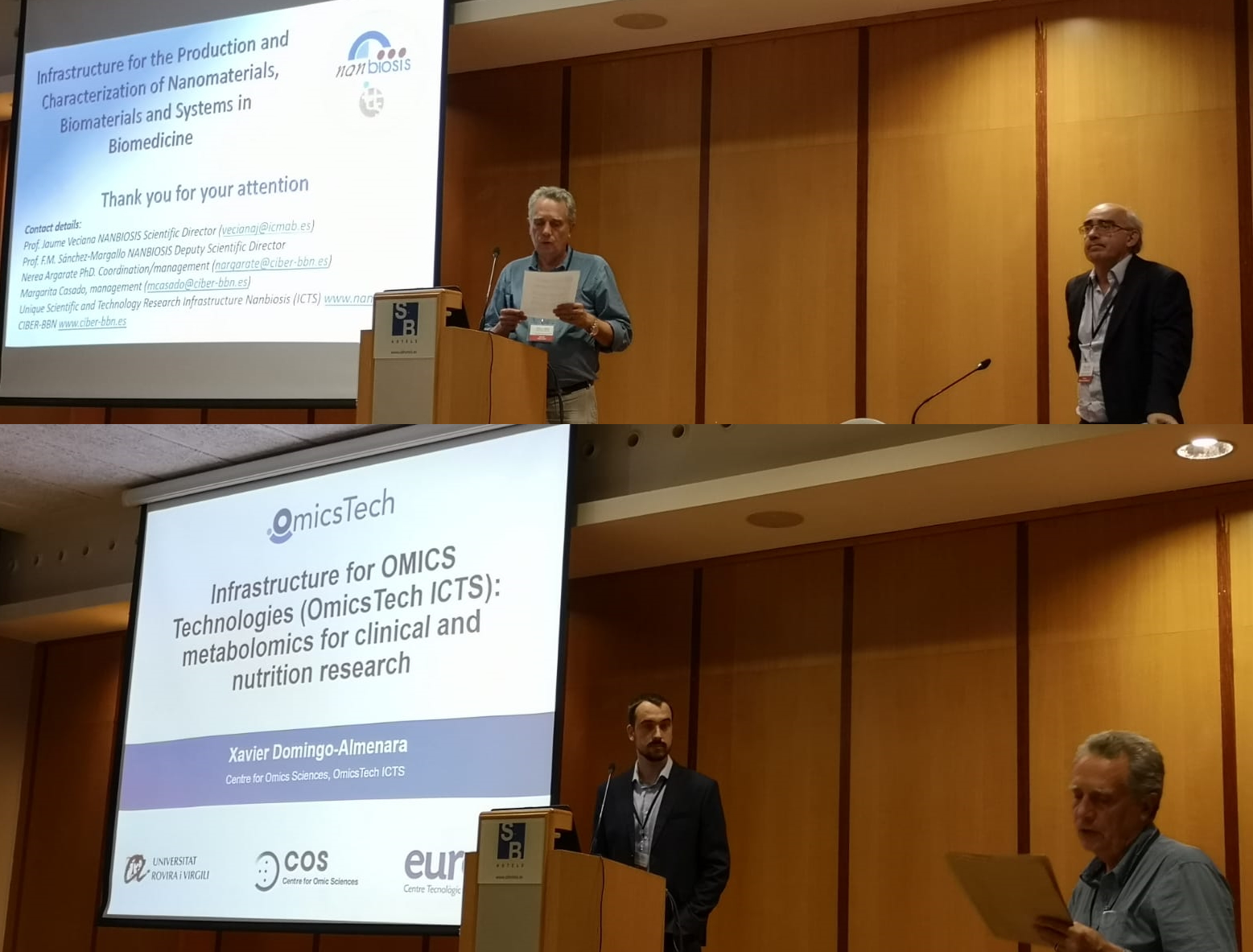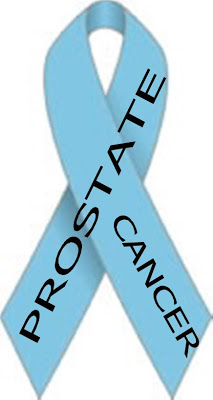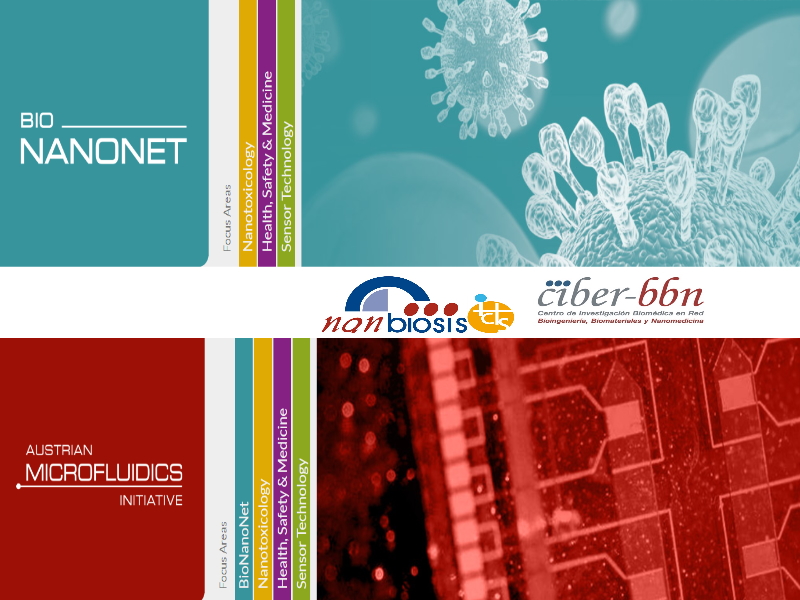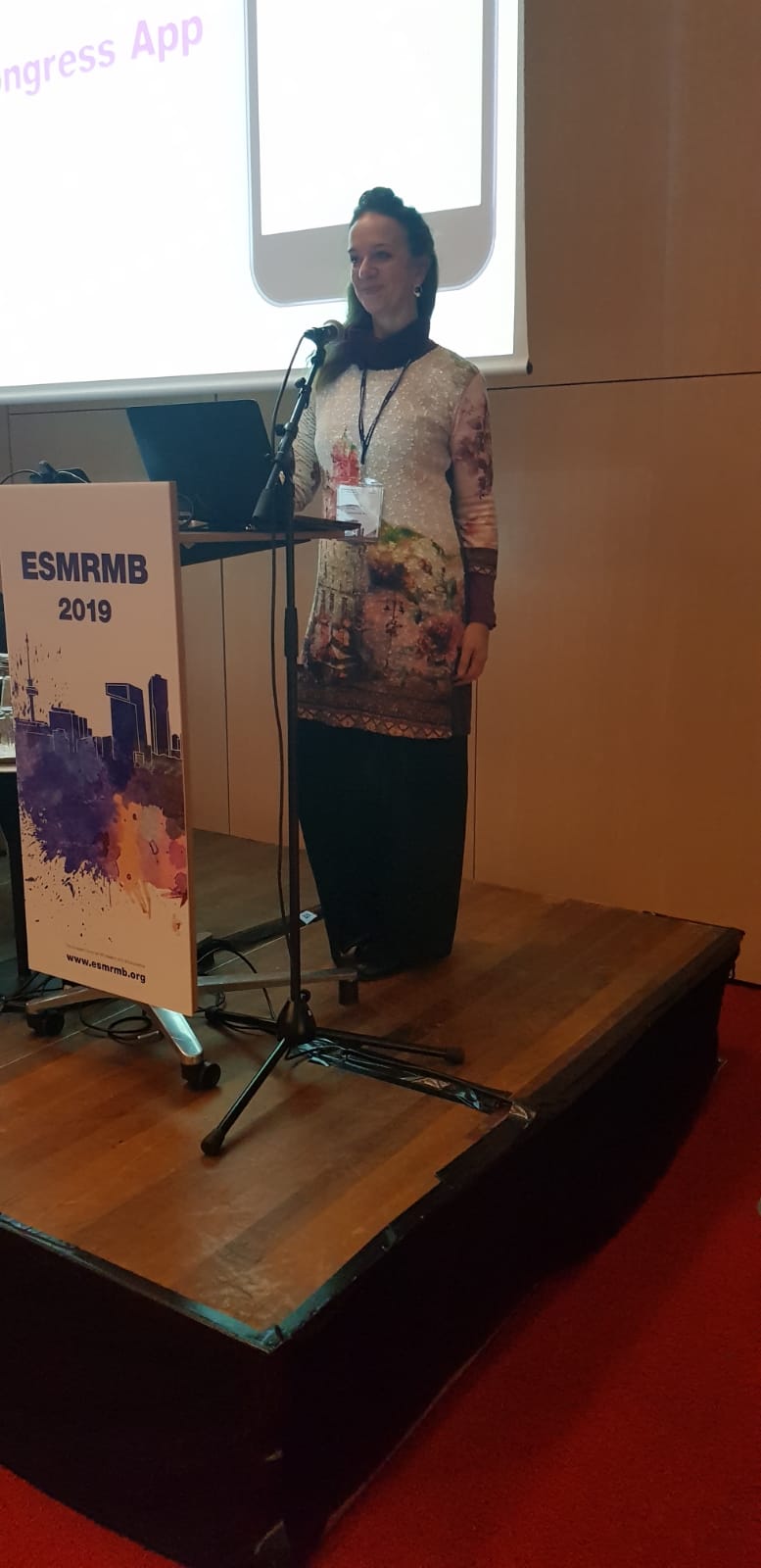NANBIOSIS U1 PPP will take a critical role in one of the projects selected by La Marató TV3 to fight against cancer
“Selectively humanized nanomedicines aimed at killing CXCR4 + tumor cells for the treatment of acute myeloid leukemia” is one of the Project awarded by La Marató TV3 Foundation and is participated by Dr. Antonio Villaverde, Estrategic of NANBIOSIS U1 Protein Production Platform (PPP)
The main objective of the project is the design and validation of humanized protein nanoparticles for the targeted delivery of antitumoral drugs for the treatment of acute myeloid leukemia. This will be done by the generation of protein-based nanoconjugates that will be targeted to the cytokine receptor CXCR4, overexpressed in this human neoplasia. The drugs will consist in a protein part, that will ofer nanoscale size, stability and CXCR4-targeting, and a small molecular weight chemical that will perform the cytotoxic effect over tumoral cells. The Protein Production Platform (U1 of NANBIOSIS), will have a critical role in the design and production of the protein amounts required for the in vivo experiments, that will be performed at the Institut de Recerca of Sant Pau Hospital.
In the 2018 La Marató TV3 edition, dedicated to cancer, 192 projects were presented, which were evaluated by 149 international scientists specialized in this field based on their quality, methodology and relevance. The management of the evaluation was carried out by the Health and Quality Assessment Agency of Catalonia, from the Department of Health. In accordance with the proposal of the Scientific Advisory Commission of the La Marató de TV3 Foundation, the Board agreed to distribute 13,149,870.76€ among the 43 scientific research projects.
The Project “Selectively humanized nanomedicines aimed at killing CXCR4 + tumor cells for the treatment of acute myeloid leukemia“. Will be developed by the research groups led by:
- Dr. Jordi Sierra GilHospital de la Santa Creu i Sant Pau – IRHSCSP Institut de Recerca Hospital de la Santa Creu i Sant Pau
- Dr. Antonio Villaverde CorralesFacultat de Medicina – UAB Universitat Autònoma de Barcelona
- Dra. Lourdes Farré Vallvé Institut Català d’Oncologia – IDIBELL Institut d’Investigació Biomèdica de Bellvitge
Financing: 399.178,75 €
